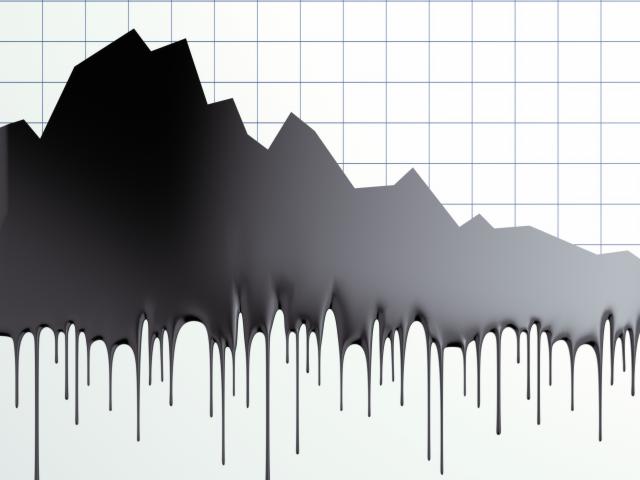The weekend US strikes in the Middle East are reminders that a fluid geopolitical situation may compound an oil market already in deficit, UBS said in its latest Investment Research report.
Recent data on inventories and OPEC production are also in line the view of a market slightly in deficit and a forecast of higher prices ahead, it added.
“We continue to advise investors with a high risk-tolerance to sell Brent’s downside price risks, or to add exposure to longer-dated Brent oil contracts. Against the current uncertain backdrop, oil and energy stocks can also be utilised to insulate portfolios from market risks,” said Mark Haefele Chief Investment Officer, UBS Global Wealth Management.
The uptrend in oil prices since the start of the year lost momentum last week driven by news of a potential ceasefire between Israel and Hamas, which so far has not materialised.
Brent crude oil prices fell 7.4% on the week, with the move down in prices also partly due to the expiry of the March contract at the end of January.
On Monday, however, Brent traded higher following news of US strikes in the Middle East over the weekend in retaliation for a deadly attack on US troops in Jordan, with the US administration indicating no desire to have a war with Iran.
Recent data on inventories and OPEC production are also in line with the UBS view of “a market slightly in deficit and our forecast of higher prices ahead.”
Geopolitical tensions a risk to supply
Following two days of attacks in Iraq, Syria and Yemen, the Biden administration indicated there would be more strikes in the region.
While the US does not see its action as “some open-ended military campaign”, White House National Security Adviser Jake Sullivan said it will “respond forcefully” and “in a sustained way”.
The UBS report said that disruptions to oil production due to the war between Israel and Hamas have so far been limited, but renewed attacks on US bases in Syria on Monday point to ongoing risks of an escalation, which will likely trigger volatility in oil prices ahead.
OPEC+ ready to take action
On February 1, the OPEC+ Joint Ministerial Monitoring Committee noted a high compliance rate with the group’s ongoing production cuts, leaving the 2.2 mln bpd voluntary cut in place until the end of March.
However, it stated that it “will continue to closely assess market conditions” and stands ready “to take additional measures at any time”.
While the next JMMC meeting is not scheduled until April 3, those countries participating in the cuts will likely look to decide whether to continue in early March.
“We expect an extension into 2Q 2024, and any reversal of those cuts will be gradual, as previously communicated by the oil producing group,” UBS said.
Output fell in January
Preliminary estimates show OPEC crude production fell by 410,000 barrels per day on month-over-month basis in January, the biggest monthly drop since July.
The drop was attributed to the voluntary production cut as well as unrest in Libya, which prompted the shutdown of one of the country’s largest oilfields, the El Sharara.
“Meanwhile, we think US crude output likely fell by around 300,000 bpd last month as a result of cold weather,” the UBS report concluded.





